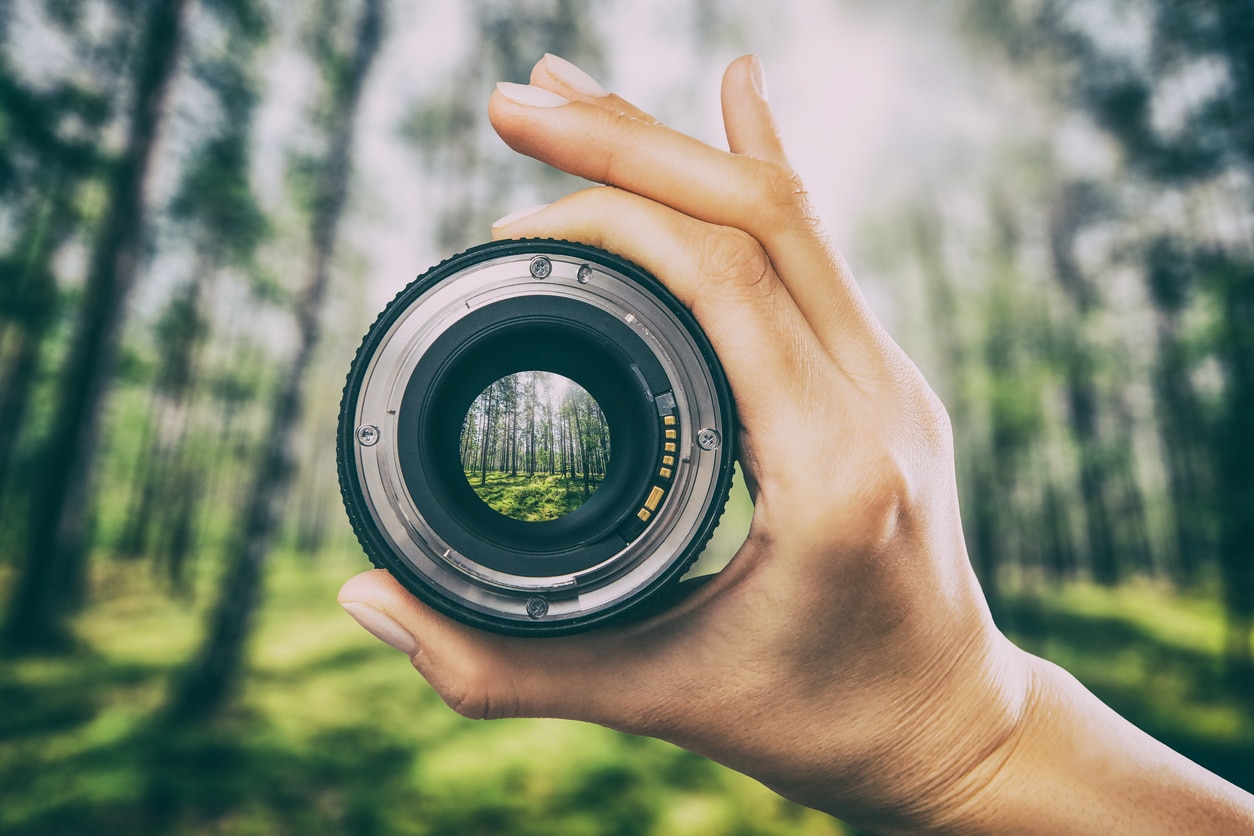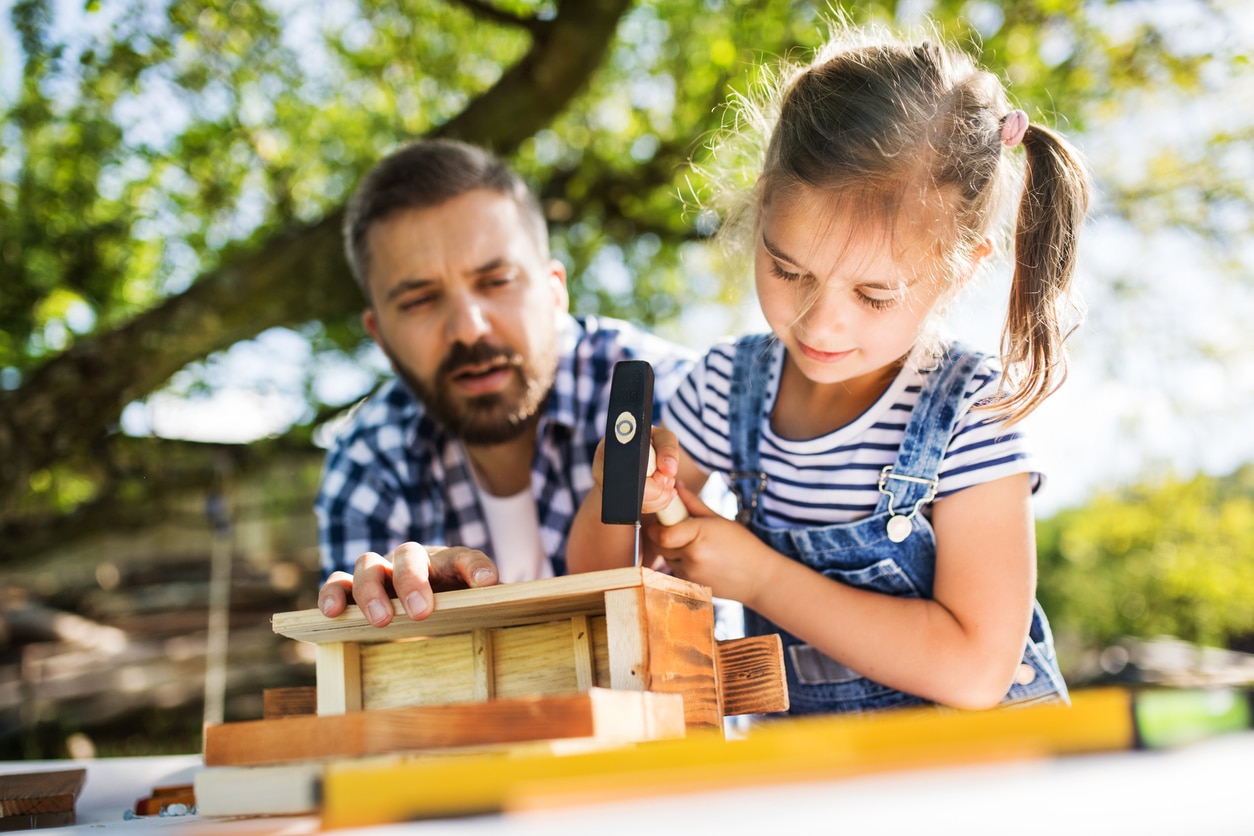
Eco Photography: How To Reduce Your Impact While Snapping

One of the great things about photography is the ability to capture nature in all of its breathtaking wonder. From sunsets on the beach and lions on the prowl to selfies and even images of space; photography lets the people of the world share beauty.
But, while photography isn’t known for having a huge carbon footprint, or for being too damaging to the environment, there are ways to make it more planet-friendly. Whether photography is your job, passion, hobby, or all of the above, let’s see how you can reduce your impact when taking pictures.
Using Less Power
It’s no secret photography requires plenty of gadgets to capture different moments in the right light. From lighting equipment to additional cameras and power banks, it all requires energy in one form or another.
Typically, these devices are charged using electricity from our homes, or wherever we can find an outlet, but we can use power more economically. Ensuring whenever you’re not using a device you turn it off to conserve the battery is a great starting point.
Additionally, make sure when your devices are fully charged you don’t continue to leave them charging. While most modern devices stop charging once their batteries are replenished, there is still energy being consumed from the power outlet. Converting to smart switches and plugs allows you to determine when the power will be shut off, ultimately avoiding wasted resources.
Rechargeable Batteries
Not all photography equipment comes with batteries that can be charged. However, if you do have such equipment, consider swapping out your single-use batteries for the rechargeable variety. Disposable batteries ultimately end up in landfills, slowly oozing out chemicals like mercury and lead into our environment.
Rechargeable batteries might cost a little extra, but they only need to be bought once thanks to their long life and durability. Using rechargeable batteries in your photography equipment results in fewer chemicals entering the ecosystem, which is a win-win for everyone.
High-Quality and Sustainable Equipment
There is something to be said for investing more money in higher quality goods versus saving money on a low cost alternatives. Having said that, photography equipment can be expensive no matter in what price bracket you are shopping!
Spending a little bit extra on more durable equipment means you can buy less in the future. Better yet, why not consider investing in used camera gear to promote a circular economy? These are typically cheaper to get hold of, plus there is no need for additional resources to be used in making something new when you can find something that already exists and works perfectly well.
Don’t Wreck Nature For a Good Shot
Photography is about capturing moments to make them last forever, and while some manipulation is common, it’s important to avoid wrecking nature. Sure, we can make something look better through filters and the editing process, but we shouldn’t try to edit nature to our advantage.
Some photographers are not averse to pulling down a few branches or trampling through protected grounds for the ideal shot. Wildlife photography may involve getting close to nature to observe it, but there is a question to be asked about how necessary some of it is?
Yes, it’s important to document the natural world, especially as it adapts to climate change, however it does not mean we should be intruding into habitats not designed for us. It’s a difficult question of ethics, morals, and what the impact on animals and nature is. Making plans to photograph in nature should be tempered with an understanding of the impact you might have.
Camera traps are a common technique for getting great wildlife shots, yet these can be disruptive to an animal’s natural habitat. Especially if bait is used to lure wild animals in front of the lens. This can lead to animals learning food comes from humans or traps, and they start to seek them out as a source of nourishment.
Take Out What You Bring In
This sentiment of not wrecking nature to get a good shot extends to the equipment and materials you bring on a shoot. Avoid using plastic for food and drink where possible and ensure whatever waste you do create is brought back with you to recycle.
People are wonderful creatures and we have created some of the most brilliant things. For all of the good we have done, however, you could argue the bad outweighs it due to the consequences the planet suffers. Plastic is one such creation that serves a useful purpose but ultimately it is harming the environment, one bottle or food wrapper at a time.
Follow Instructions Left at Nature Spots
As tempting as it might be to just step beyond a roped-off section for a great shot, do your best to refrain from this. There is typically a good reason why people are asked not to interfere with natural wonders. Respecting these signs or instructions helps maintain their existence. For instance, avoiding flash photography in ancient temples or staying off protected trails in forests.
Yes, it might mean you don’t get the perfect shot, but it also means these precious resources and artifacts can stick around for the long haul. Another drawback of flash photography is the startling effect it can have on wildlife. Birds, for example, may flee their nests if they experience the flash from a camera. This could result in their young being left vulnerable or abandoned.
Print Less
The beauty of digital photography is it requires less printing than film photography, allowing us to select only the best shots to become physical memories. Taking some time to only pick out the very best shots results in fewer resources being used to make unnecessary prints.
Some printing services may still offer automatic doubles, so ensure you opt out of multiple prints unless it’s something you definitely want or need. Choosing to print your photos also comes with the option of being kinder to the planet.
For instance, printing with eco-friendly, plant-based inks or using part or fully recycled paper are great ways to reduce your impact while creating photographic art. On the other hand, digital photo storage on the cloud also poses environmental questions due to the energy required to maintain huge data centers. Any shots you don’t want to keep should be deleted to ensure they are no longer using resources to be stored.
Shoot Locally
Travel and tourism are huge contributors to climate change. Flying to far-flung corners of the world is still something many of us aspire to do, however we mustn’t neglect the incredible visuals we have right outside our own doors.
For instance, you may produce amazing images from your backyard or the local woods. Equally, finding compelling subjects for portraits doesn’t require a visit to San Francisco, Rome, or Jaipur; they are all around us, in towns, villages, and cities much closer to home.
2 Comments
-
Charles Bowman
Very nice article! I think we all as photographers need to take an active role in taking environmental issues. I believe the photography world has a lot to catch up on but there are certainly steps being taken in the right direction.



Joe
It is a sad irony that many photographers endanger that which they want to photograph. I’ve seen many patches of bluebells in woodland that have been trampled by photographers, meaning of course that the display for the following year will diminish. Simple, what should be common-sense, principles like those outlined here should be adhered to whenever we’re out in nature. The countryside code in the UK is supposed to help with this, but people often don’t know it or abide by it.
Re battery usage – I would just point out that with some cameras it consumes more power to keep turning the camera on and off regularly. You can get longer batter life with some cameras if you allow it to go into its kind of “sleep” mode after a shot rather than switching it off and on again – unless there is likely to be a gap of hours until you next take a shot, of course.